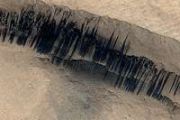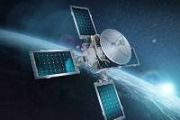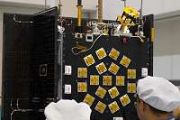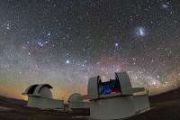
Copernical Team
Lunar infrastructure could be protected by autonomously building a rock wall
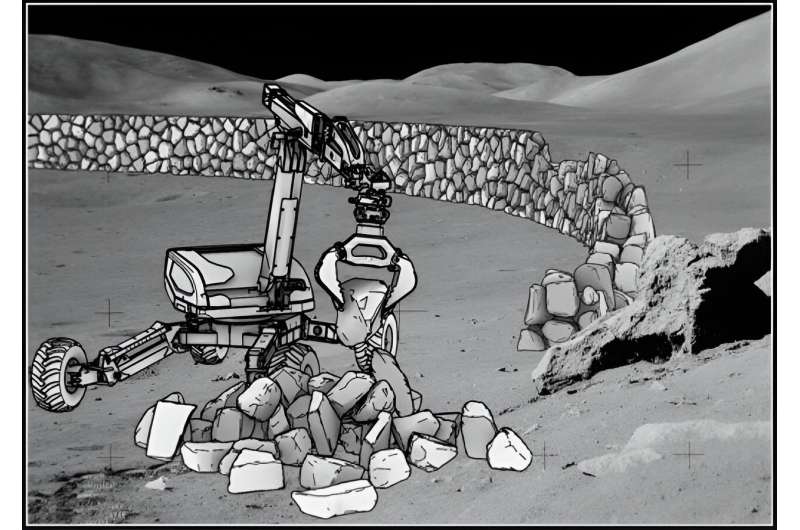
Lunar exploration equipment at any future lunar base is in danger from debris blasted toward it by subsequent lunar landers. This danger isn't just theoretical—Surveyor III was a lander during the Apollo era that was damaged by Apollo 12's descent rocket and returned to Earth for closer examination.
Plenty of ideas have been put forward to limit this risk, and we've reported on many of them, from constructing landing pads out of melted regolith to 3D printing a blast shield out of available materials.
Week in images: 15-19 July 2024

Week in images: 15-19 July 2024
Discover our week through the lens
ESA stations support three Moon missions in 2024

Happy International Moon Day!
ESA’s network of satellite communication stations – Estrack – continues to connect Earth and the Moon in 2024. ESA stations are supporting three new and returning partners this year: one of them carried ESA’s first scientific instrument to the lunar surface and another will deploy the first Moon rover made in Europe.
PariSat school experiment sends back stunning Earth pics
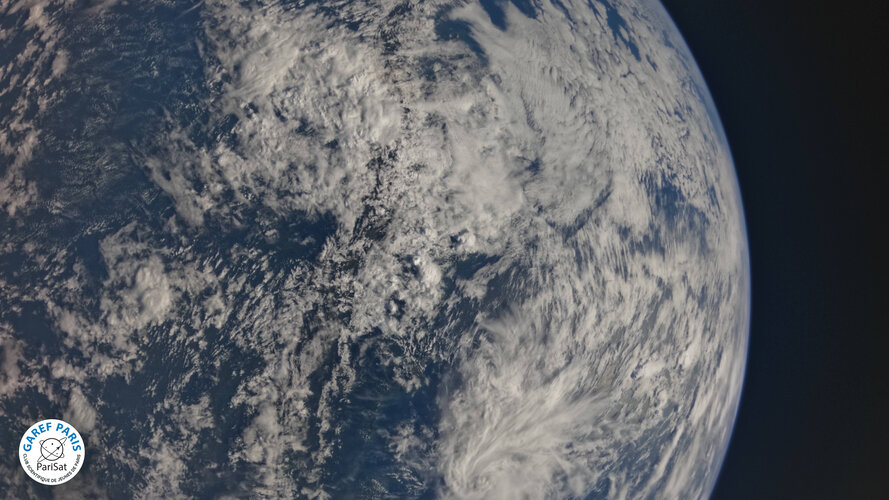 Image:
PariSat school experiment sends back stunning Earth pics
Image:
PariSat school experiment sends back stunning Earth pics Black body experiment on Ariane 6 captures Pale Blue Dot
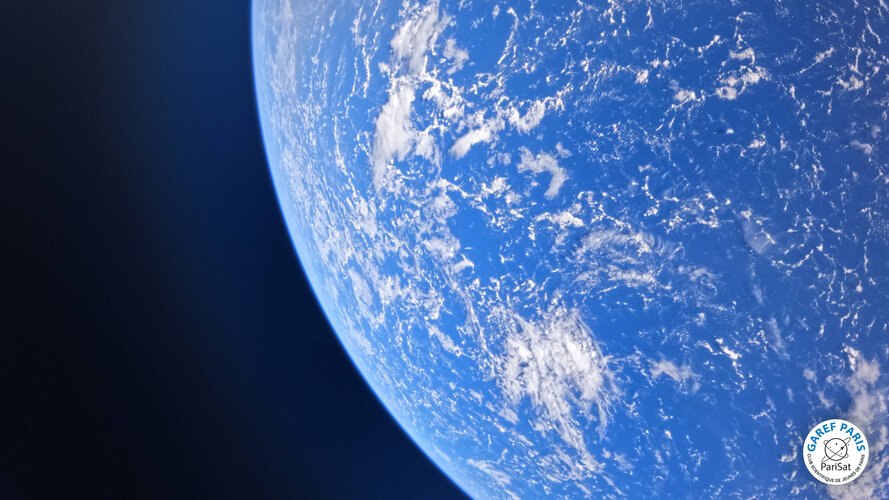 Image:
Black body experiment on Ariane 6 captures Pale Blue Dot
Image:
Black body experiment on Ariane 6 captures Pale Blue Dot New Hertz 2.0 building enhances space antenna testing at ESTEC
 The latest addition to ESA's ESTEC technical center in the Netherlands, the Hertz 2.0 building, stands more than 22 meters high beside its neighboring sand dunes, but here is the view inside.
Seen here being lined with steel plates that will serve to insulate it from external radio signals, this spacious test area will be employed to evaluate the performance of a new generation of bigger a
The latest addition to ESA's ESTEC technical center in the Netherlands, the Hertz 2.0 building, stands more than 22 meters high beside its neighboring sand dunes, but here is the view inside.
Seen here being lined with steel plates that will serve to insulate it from external radio signals, this spacious test area will be employed to evaluate the performance of a new generation of bigger a China plans to launch pilot cities to showcase BeiDou applications
 China is gearing up to promote the extensive use of the BeiDou Navigation Satellite System by designating several pilot cities to highlight BeiDou's applications in mass consumption, manufacturing, and emerging sectors such as the Industrial Internet and Artificial Intelligence (AI), according to an announcement by the Ministry of Industry and Information Technology (MIIT).
"The large-scal
China is gearing up to promote the extensive use of the BeiDou Navigation Satellite System by designating several pilot cities to highlight BeiDou's applications in mass consumption, manufacturing, and emerging sectors such as the Industrial Internet and Artificial Intelligence (AI), according to an announcement by the Ministry of Industry and Information Technology (MIIT).
"The large-scal Maxar reveals initial images from WorldView Legion satellites
 Maxar Intelligence, a leader in secure and precise geospatial intelligence, has released the first images captured by its next-generation WorldView Legion satellites. The first two of these satellites were launched from Vandenberg Space Force Base, California, on May 2, 2024.
The 30 cm-class high-resolution images were gathered on July 16, 2024, showcasing the advanced capabilities of the
Maxar Intelligence, a leader in secure and precise geospatial intelligence, has released the first images captured by its next-generation WorldView Legion satellites. The first two of these satellites were launched from Vandenberg Space Force Base, California, on May 2, 2024.
The 30 cm-class high-resolution images were gathered on July 16, 2024, showcasing the advanced capabilities of the Early signs of Solar Cycle 26 detected nidway through Cycle 25
 Researchers have detected early signs of the Sun's next 11-year solar cycle, despite being only halfway through the current one. This discovery was made through the observation of sound waves within the Sun.
Currently at its peak or 'solar maximum,' Cycle 25 has seen the Sun's magnetic field flip, causing an increase in sunspots, flares, and coronal mass ejections. These activities result
Researchers have detected early signs of the Sun's next 11-year solar cycle, despite being only halfway through the current one. This discovery was made through the observation of sound waves within the Sun.
Currently at its peak or 'solar maximum,' Cycle 25 has seen the Sun's magnetic field flip, causing an increase in sunspots, flares, and coronal mass ejections. These activities result 















